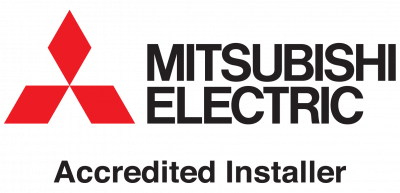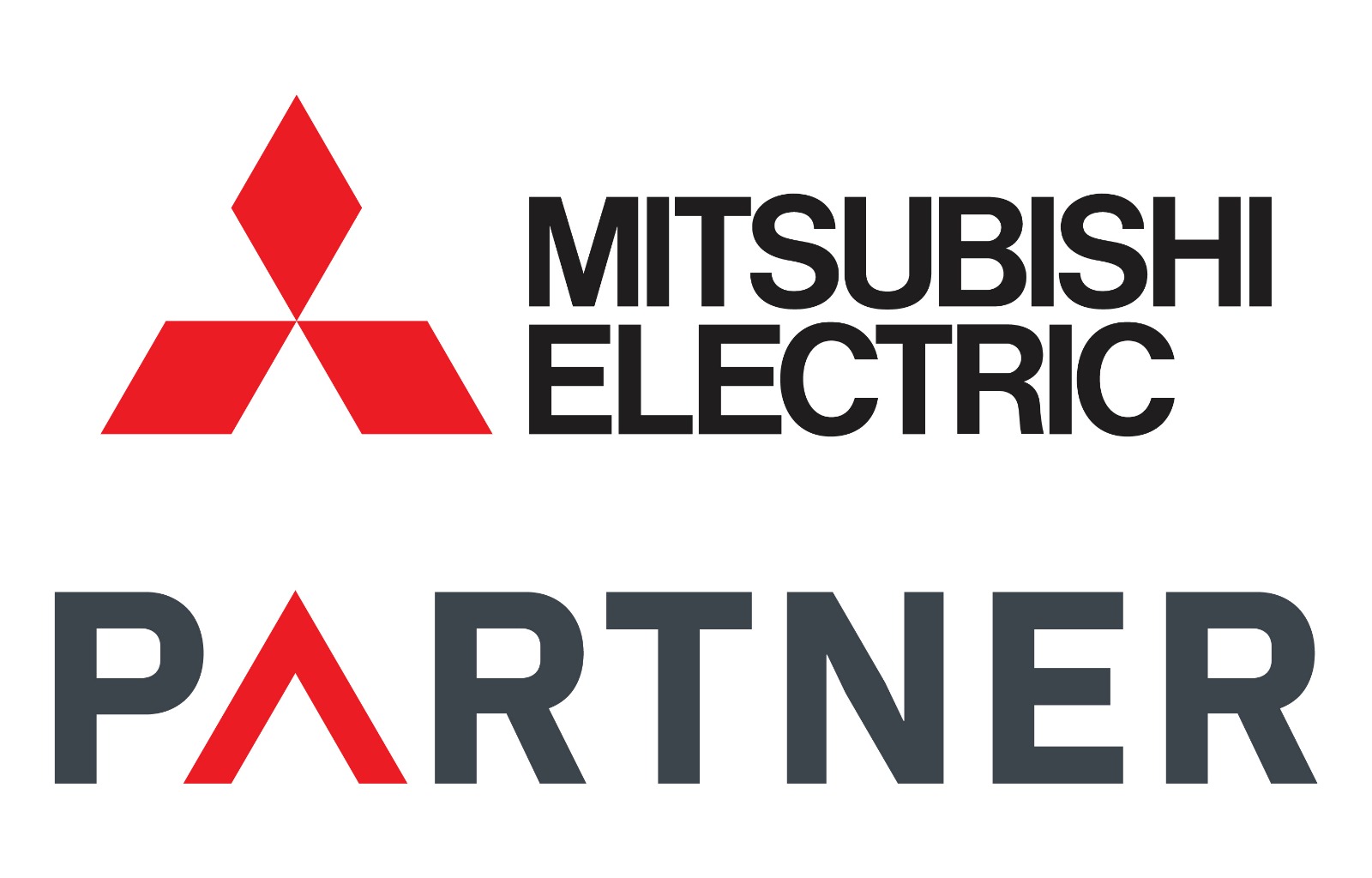We have used their services for both air conditioning and air source heat pumps and recommended them to friends who h
Do you want better air quality in your home? Sparta Mech can help you find realistic and simple solutions for better domestic ventilation at your Hereford home. We are your local domestic ventilation specialists and our fully qualified, highly experienced engineers are here to answer all your questions.
Why improve the ventilation in your home?
We all know that good air quality is hard to come by these days with all the petrol and diesel fuelled vehicles on the road. Pollutants and carbon particulates contribute to greenhouse emissions but are also linked to health problems such as asthma and respiratory disease.
Winter seasons provide breeding grounds for diseases caused by viruses and bacteria to spread easily. After the most recent COVID 19 pandemic, we all appreciate keeping our homes free of any nasty bugs and microbes to prevent the spread of disease.
Excess moisture in the air can also lead to an unwanted growth of black mould which is also linked to certain health problems.
Improving ventilation in the home can help eliminate the problems associated with poor air quality.
As Sparta Mech are innovative contractors, we understand the need to reduce heat loss in the home to drive down energy bills. By using strategic ventilation systems to improve the air quality in your home and reuse or recover potential heat energy, we can give homeowners the perfect domestic ventilation solutions.
Which rooms need more ventilation?
Sparta Mech recommends focussing on improving ventilation in rooms where there may be excess moisture.
A simple remedy to excess moisture in rooms such as the bathroom, shower or wet rooms and even the kitchen are to install extractor fans.
Extractor fans can be installed quite easily and very quickly, they also come in a range of shapes and sizes.
We do encourage customers to think of the big picture and improve air flow throughout your home. You might want to consider MVHR technology for better domestic ventilation.
What is a MVHR?
There is more to this than just fitting extractor fans throughout the home. The matter of airflow needs to be carefully assessed, cross flow and positive pressure ventilation needing to be understood and taken into account in the overall ventilation plan.
Our team of experienced heating and plumbing professionals are very familiar with MVHR technology. The dual function system enables ventilation to instigate air flow into your property and uses technology to recover heat loss to be reused by your home.
If you’re worried about your carbon footprint and are looking for measures to reduce the amount of heat loss in the home, MVHR systems offer a reliable and consistent method of reusing heat energy and improving the air quality inside your home.
What happens during MVHR installation?
Our contractors are able to draw up an airflow map once they have visited your premises. By doing so, we create a pathway for air to flow from high pressure areas to low pressure areas, towards bathrooms and kitchens. In the construction field, this type of air movement is called positive pressure ventilation systems, directing any air flow outside your home through vents or ducts. This particular air flow system will not only drive out any fine particles but also excess moisture and unwanted odours.
Whilst trying to establish the type of ventilation needs you require at your home, we encourage our customers to consider the size of your home, the occupancy and discuss other heat loss prevention methods you have already installed such as loft insulation and double glazing.
We can then go ahead and discuss the type of MVHR unit you might want and further requirements for the installation process.
Sparta Mech are experienced contractors, we understand that many new homes are being constructed with very little air flow taken into consideration. We understand that airtight properties reduce heat loss, making energy bills as low as possible.
We also understand that it can be tricky leaving windows and doors open in a bid to increase ventilation in your home.
For ideal domestic ventilation solutions for your home in Hereford, get in touch with Sparta Mech today.





















